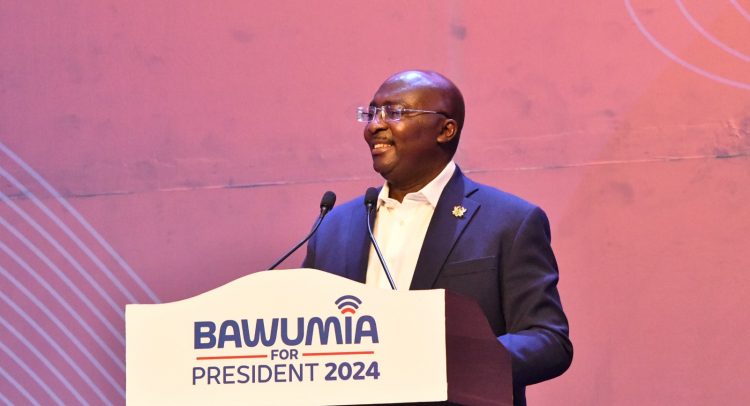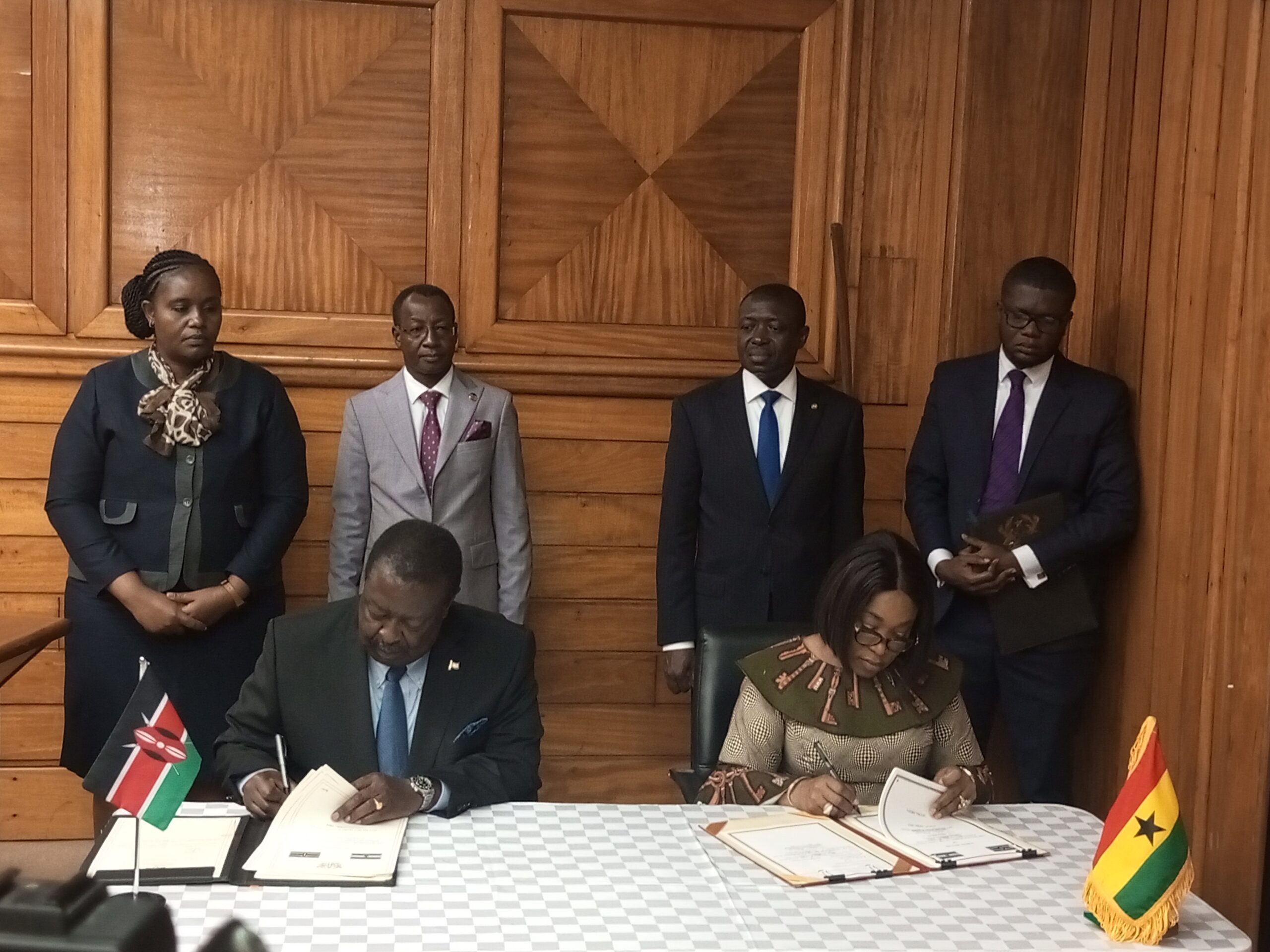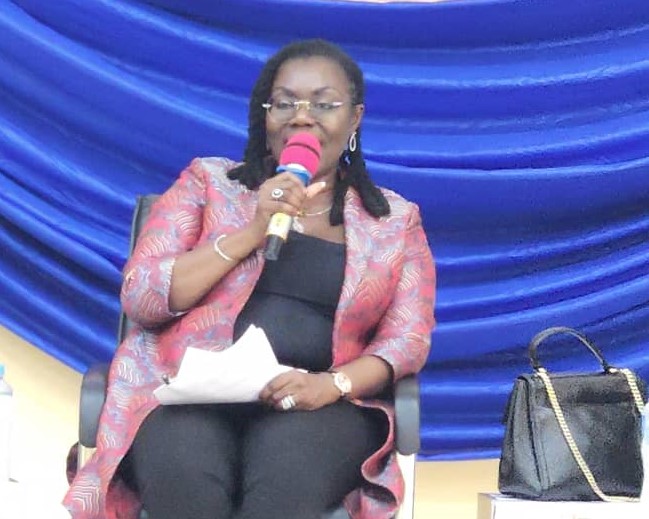
BoG’s new licensing framework seeks to balance innovation, inclusion, and protection in Ghana’s fast-growing digital credit space.
Acheampong is a young dealer in Abossey Okai who trades in spare parts. Every week, he takes a small loan through his mobile wallet to restock some of the parts for his stall. The money arrives within minutes—faster than any bank loan—and without collateral. But the interest rate is high, and when sales slow, Acheampong borrows again from another digital lender just to repay the first. Instead of helping him climb out of poverty, easy credit sometimes deepens his struggle.
His experience mirrors both the promise and the peril of digital credit—an industry now too big to ignore. Across the country, thousands rely on mobile loans for survival and opportunity. Students pay fees, farmers buy inputs, and families cover hospital bills—all with quick loans delivered through their phones. This innovation has been revolutionary for financial inclusion. Yet it has also exposed many borrowers to hidden costs, harassment, and cycles of debt.
The Bank of Ghana (BoG) has now stepped in. With its newly released licensing requirements for digital credit service providers, the central bank is charting a new path: one that seeks to harness the benefits of digital credit while safeguarding borrowers and strengthening the financial system.
This is more than regulation. It is a turning point in Ghana’s financial evolution.
The Megatrends: Why Digital Credit Matters
Mobile money has been Ghana’s biggest financial innovation of the past decade. By June 2025, transactions exceeded GH¢1.9 trillion, up from GH¢571 billion in 2019 (BoG data). Today, there are over 22 million active mobile money accounts, compared to just 18 million traditional bank accounts. For many Ghanaians, mobile wallets have become their first “bank.”
Digital credit rides on this backbone. For women, rural farmers, and youth, it lowers barriers that excluded them from formal credit for decades.
MSMEs, which account for about 70% of GDP and over 80% of employment (Ghana Statistical Service), face an annual financing gap that the IFC estimates at $330 billion across Africa. In Ghana, digital loans have plugged critical liquidity gaps, enabling traders to restock, farmers to purchase inputs, and transport operators to keep vehicles running.
The speed of digital credit has also been transformative. Traditional loans can take weeks to process; digital loans are disbursed in minutes. In Kenya, M-Shwari disbursed more than 6 million loans in its first two years. Ghana has followed a similar trajectory, with telco-fintech collaborations ensuring quick access to funds for emergencies such as school fees or hospital bills.
Digital credit is also building new credit histories. Currently, only 16% of Ghanaians are covered by credit bureaus (World Bank, 2023). By using mobile money transactions as a proxy for creditworthiness, digital lenders are creating “reputational collateral” that could eventually unlock larger, cheaper, and longer-term loans.
Competition among banks, telcos, and fintechs has spurred innovation. MTN’s QwikLoan disbursed over GH¢1 billion within its first 18 months (BoG/GSMA), while buy-now-pay-later schemes and nano-loans are broadening consumer choices. In 2024, the digital financial services sector contributed an estimated 4.5% to GDP (World Bank Digital Economy Report), cushioning household consumption and MSME cashflows—critical to Ghana’s post-COVID recovery and fiscal reforms.
The Risks: Shadows Behind the Promise
Yet the very features that make digital credit appealing also make it risky.
One of the most pressing risks is over-indebtedness. The ease of borrowing without collateral encourages borrowers to take multiple loans, rolling over debt to repay debt. In Kenya, over 2 million people were blacklisted by credit bureaus between 2016 and 2019 for failing to repay small mobile loans, turning a tool of inclusion into an engine of exclusion. Ghana’s growing reliance on mobile money loans suggests a similar risk if regulatory guardrails are not enforced.
Opaque pricing and predatory terms are another concern. Some lenders charge effective annual rates above 200%, disguising them as “service fees” or through ultra-short repayment tenors. For low-income households, many of whom lack advanced financial literacy, this lack of transparency creates dependency and financial stress.
Aggressive collections compound the problem. In Nigeria, a 2022 survey revealed 35% of borrowers had experienced intimidation or harassment, including threatening calls and public shaming. Such practices erode trust in financial systems and can cause long-term psychological harm.
There are also data privacy risks. With over 20 million mobile money subscribers, Ghana’s digital credit market sits on a goldmine of sensitive information. Lenders often use data on airtime usage, GPS location, and even contact lists. Without safeguards, this data could be exploited, compromising both privacy and consumer confidence.
Poorly designed systems also risk creating financial exclusion through blacklisting. If small defaults automatically lead to long-term bans, millions of Ghanaians could be locked out of the financial system entirely.
At a behavioral level, the instant gratification of mobile loans encourages borrowing for consumption—airtime, entertainment, or non-essentials—rather than investment. This undermines the developmental potential of credit and risks fueling dependency.
Finally, the scale of mobile money means there are macro-financial risks. Ghana’s mobile money ecosystem already processes transactions equivalent to over 80% of GDP annually. If defaults surge, fintechs and telcos could face liquidity strains that spill into the banking system. The IMF has repeatedly cautioned against unregulated “shadow banking” in emerging markets, noting how quickly small shocks can cascade across the economy.
The Safeguards: BoG’s New Architecture
BoG’s framework directly addresses these risks. Licensed providers must maintain minimum capital adequacy, ensuring they can withstand shocks. Governance rules now require management and boards to meet strict “fit and proper” standards, bringing integrity and professionalism to the sector.
Transparency is also being enforced. Lenders must disclose annualized percentage rates (APRs) and provide clear cost breakdowns, ending the era of hidden charges. Borrower protection is being prioritized with ethical debt collection rules, mandated grievance mechanisms, and compliance with the Data Protection Act (2012, Act 843) and cybersecurity directives.
Quarterly reporting requirements mean BoG will now track defaults, disbursements, and exposures—giving the regulator visibility to spot bubbles early. Crucially, licensing brings digital lenders into Ghana’s formal financial architecture, strengthening investor confidence and encouraging partnerships.
Opportunities for Banks
Rather than losing ground, banks stand to gain from this framework. Licensed digital lenders provide banks with access to underserved markets—small traders, rural households, and informal workers—segments banks have historically struggled to reach.
By generating standardized repayment data, digital lenders also create pipelines of new clients that banks can graduate into larger facilities. Wholesale partnerships allow banks to provide liquidity lines to fintechs, earning returns without bearing the full cost of retail outreach.
Finally, the framework gives banks confidence to co-develop products with fintechs and telcos. By blending their stability and risk expertise with fintech agility, banks can deliver hybrid savings-loan products, SME working capital solutions, or bundled credit-insurance offerings.
This is not a zero-sum game. It is the foundation of an integrated ecosystem where banks, fintechs, and telcos all contribute to advancing inclusion.
Lessons from Abroad
- Kenya (M-Shwari): 50 million loans disbursed in five years, but defaults and blacklisting forced regulators to step in.
- Nigeria (FairMoney, Carbon): More than $300 million disbursed annually, but scrutiny over harassment and data abuse damaged credibility.
- India (Paytm Lending): Rapid expansion tied to e-commerce, but central bank intervention highlighted governance gaps.
- Global: Nonbank financial institutions now account for nearly 50% of global credit (IMF, 2023), proving the potential of innovation but also its risks when left unchecked.
Ghana is acting early—learning from these lessons to regulate before problems spiral out of control.
Bottom Line
The licensing of digital credit providers is a structural milestone in Ghana’s financial journey. If implemented well, it will empower families with transparent access to emergency funds, enable businesses to thrive with reliable credit, strengthen the system with safeguards, and create opportunities for banks to innovate and expand.
For borrowers like Acheampong, it could mean moving from cycles of debt to genuine empowerment. For Ghana, it is a chance to prove that financial innovation can align with value-based banking—finance that serves people and purpose, not just profit.
If innovation is the engine of progress, regulation is the steering wheel. Ghana now has both—and must drive toward a future where finance is not only smart, but safe, inclusive, and sustainable.
Ernestina Mensah
Head, Market Risk – Bank of Africa Ghana
Founder, Glimmer of Hope Foundation
The post Digital Credit Licensing in Ghana: A Turning Point for Inclusive Finance appeared first on The Business & Financial Times.
Read Full Story












Facebook
Twitter
Pinterest
Instagram
Google+
YouTube
LinkedIn
RSS